19 households live isolated on the top of the mountain. Travel conditions are very difficult. The government has repeatedly urged people to move to the commune center but to no avail… That is the initial information we learned about Khe Van village (Huc Dong commune, Binh Lieu district).
Peace on the mountain
We went to Khe Van by motorbike. Khe Van has a road, small but concreted. Manual motorbikes are suitable for traveling on this route. However, the driver must be very focused, when detecting an oncoming vehicle, immediately honk the horn, turn on the signal lights, then find a place to avoid.
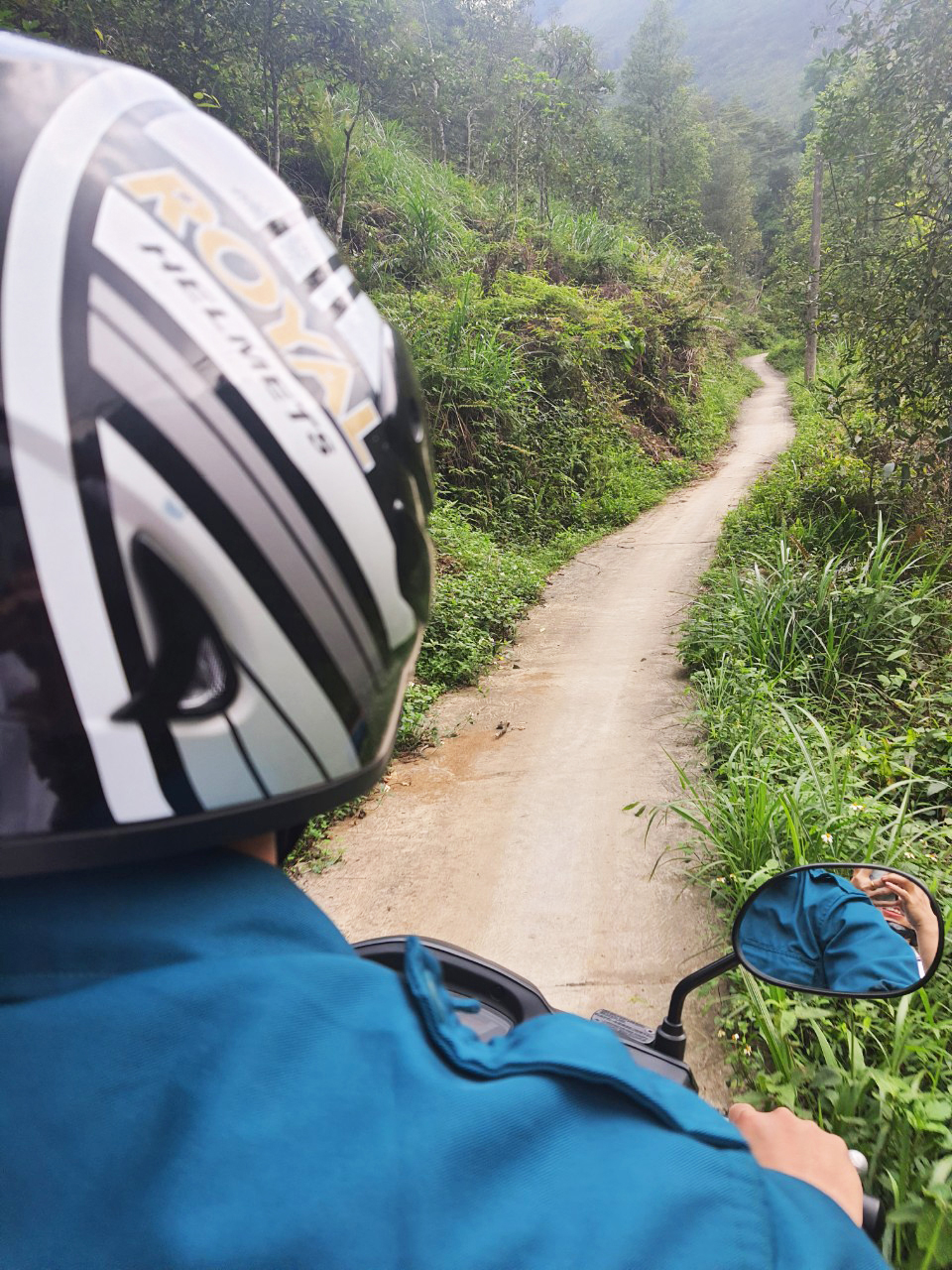
Khe Van is not the farthest village of Huc Dong commune, but it is probably the highest. It took us about 30 minutes to reach the house of Mr. Trac Di Dau, Deputy Secretary of the Party Cell and Deputy Head of Khe Van village.
Mr. Dau's house is located right at the beginning of Khe Van village. It is a 2-storey house with red tiles, solid brick walls, large usable area, connected to auxiliary works, inside there are full amenities such as TV, refrigerator, speakers, sofa set... Mr. Dau said: Everything is brought here by motorbike, including materials to build the house...
It is known that Mr. Dau spent 10 years building the house, of which the first 5 years were spent building the first floor, and the next 5 years were spent building the second floor. Along with Mr. Dau, the remaining 18 households of Khe Van all had a record long time to build their houses.
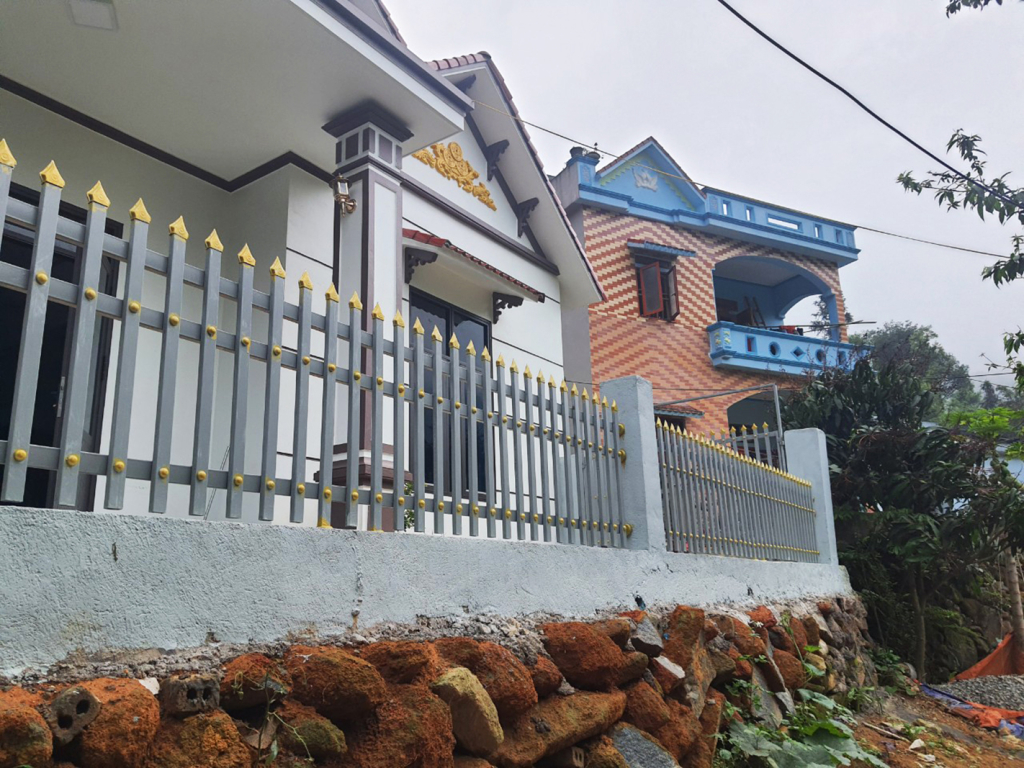
100% of the households in Khe Van village are Dao Thanh Phan ethnic group, mainly belonging to 3 families Chiu, Chieu, Trac, who are related to each other. They have been present on Khe Van mountain top since before Mr. Dau was born, at that time it was called Khe Van village. The oldest person still alive is nearly 100 years old, and was also born here.
Many people live together, the living do not want to go down the mountain, when they die they are buried in the mountains behind their houses. That explains why for many years, almost no Khe Van households have moved to live elsewhere, but only Khe Van boys and girls who have reached adulthood go to find wives or husbands from other places to Khe Van to make a living and make a living.
Compared to many mountainous villages in Quang Ninh , the life of Khe Van people is quite well-off. There are no poor households in the village. Mrs. Chiu Nhi Mui's family, whose husband has passed away, lives with her son. They are considered the poorest households in the village, but their house is not lacking in modern audio-visual equipment. The income of Mrs. Mui and her son is over 100 million VND per year, all from the forest and the fields.

The location of Khe Van residential area is favorable for production, just a few steps up is the forest, a few steps down is the field. The forest land is vast, suitable for star anise and cinnamon trees; the field land is small but fertile, due to receiving humus from the high mountains, making the rice and potatoes always lush and heavy.
Khe Van has long been invested in clean water and electricity for people's daily life and production. They plow their fields and gardens with machines, and dry cinnamon and star anise with machines. In recent years, the prices of star anise and cinnamon bark have increased, helping to significantly improve the lives of Khe Van people. This is one of the reasons why Khe Van people stick to their villages.
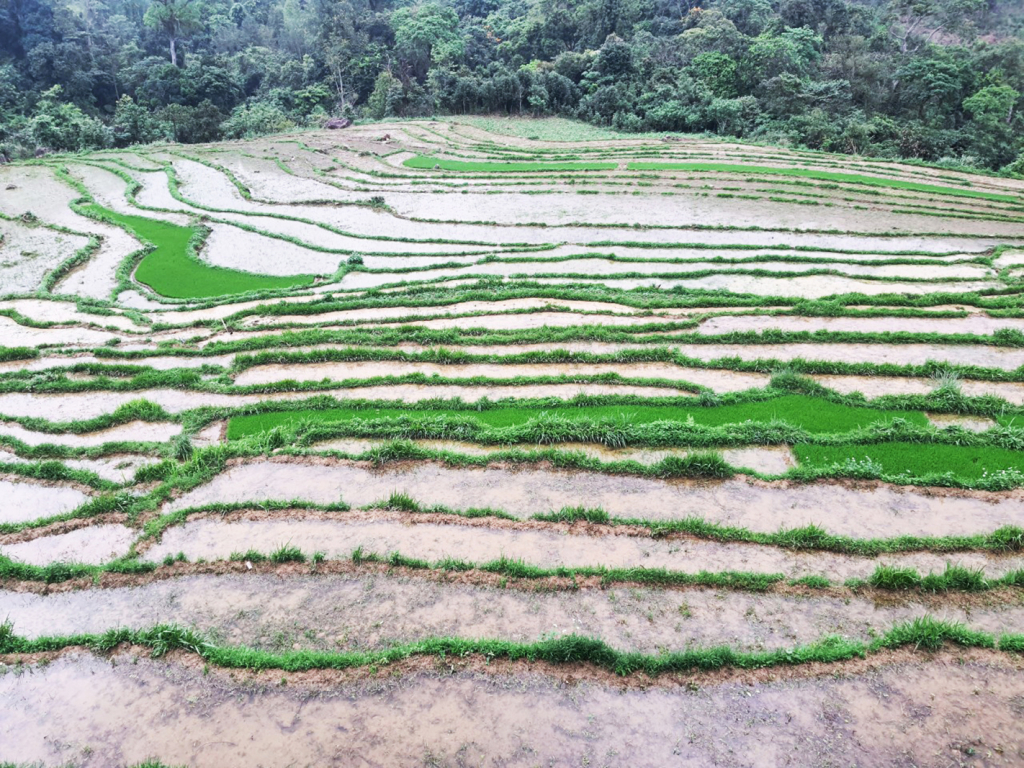
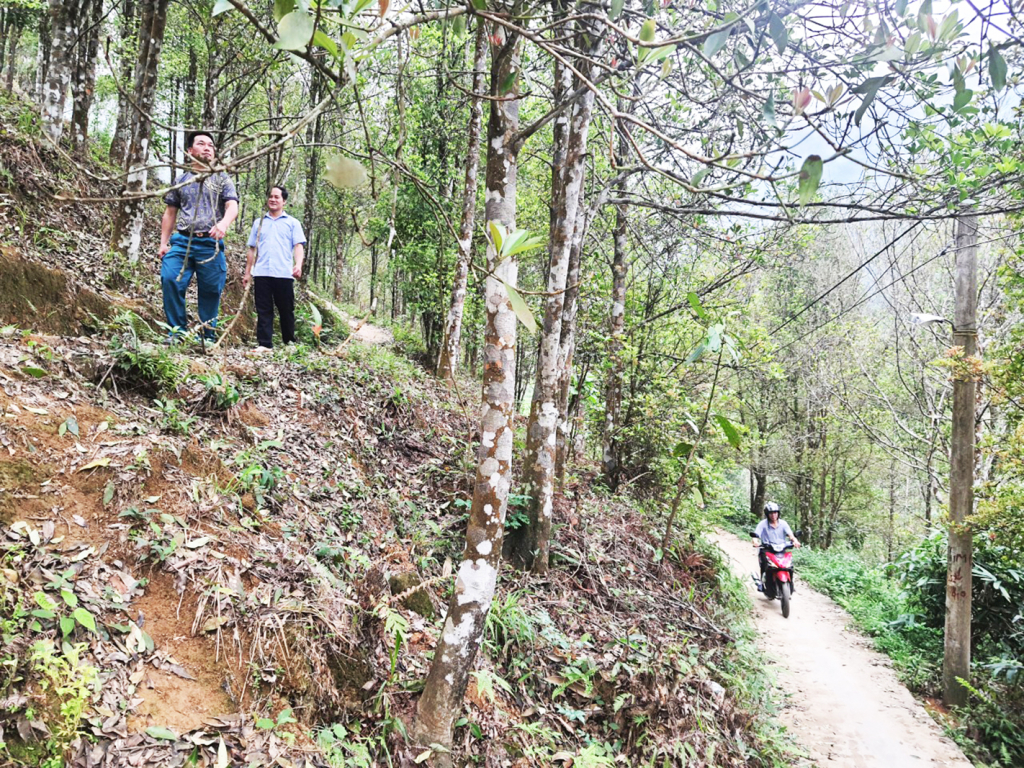
Now, every day in Khe Van village, there is the bustling sound of kindergarten children playing, laughing, and the sound of first and second graders spelling and combining letters. Teacher To Thi Luong (Tay ethnic) was transferred from Huc Dong Commune Central School to Khe Van, where she spends her days with the children, loving the Dao students like her own children.
Studying in Khe Van is more difficult than in other places, because students from grade 3 onwards have to go to the center of Huc Dong commune or Binh Lieu district to study, however, no child in the village is out of school. Currently, the village has 4 children of high school age and their parents let them stay in the district to focus on their studies.
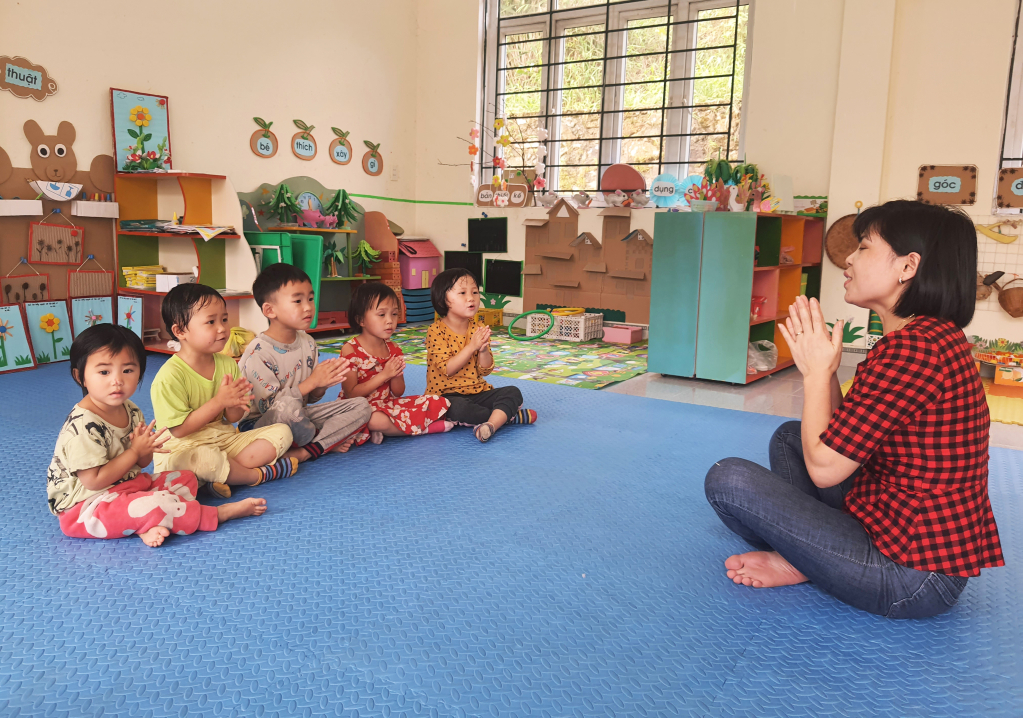
Khe Van village cultural house is open for weekly activities, the village playground is also open until evening, is a place for people to participate in cultural and sports activities; children play tops, play gongs. Some households in the village have opened shops and built solid balconies overlooking the valley with a beautiful terraced field system. This is also a place for adults to meet after each working day, to talk and chat, strengthening the relationship between relatives, neighbors... The pace of life in Khe Van is truly peaceful.
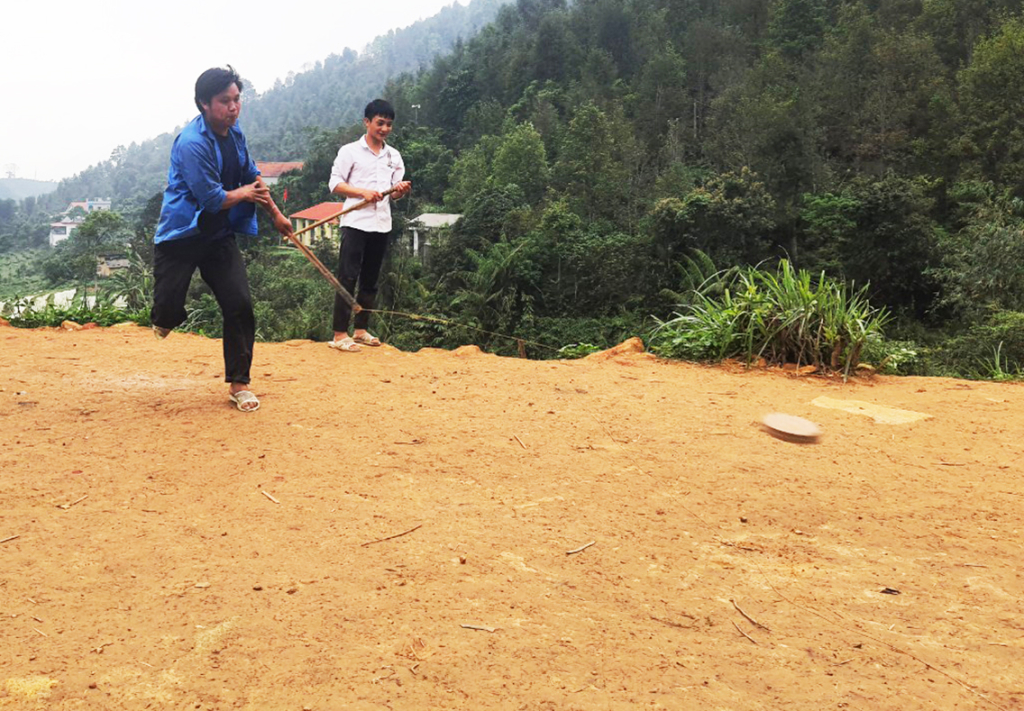
Ideas for Dao ethnic tourism on high mountain tops
The most difficult thing about Khe Van at present is probably the traffic. The current road was concreted 3 years ago, estimated to be only about 1 meter wide and very difficult to widen without mechanization. Because one side is abyss, the other side is a cliff, there are many bends, many positions where boulders suddenly protrude into the road like large elbows.
According to the assessment, to expand the road in Khe Van, we will have to consider the option of blasting rocks, the cost could increase to tens of billions of VND. Meanwhile, Khe Van peak is in the core area of Khe Van waterfall eco-tourism area, so construction investment needs to be limited to avoid destroying the natural landscape and environment.
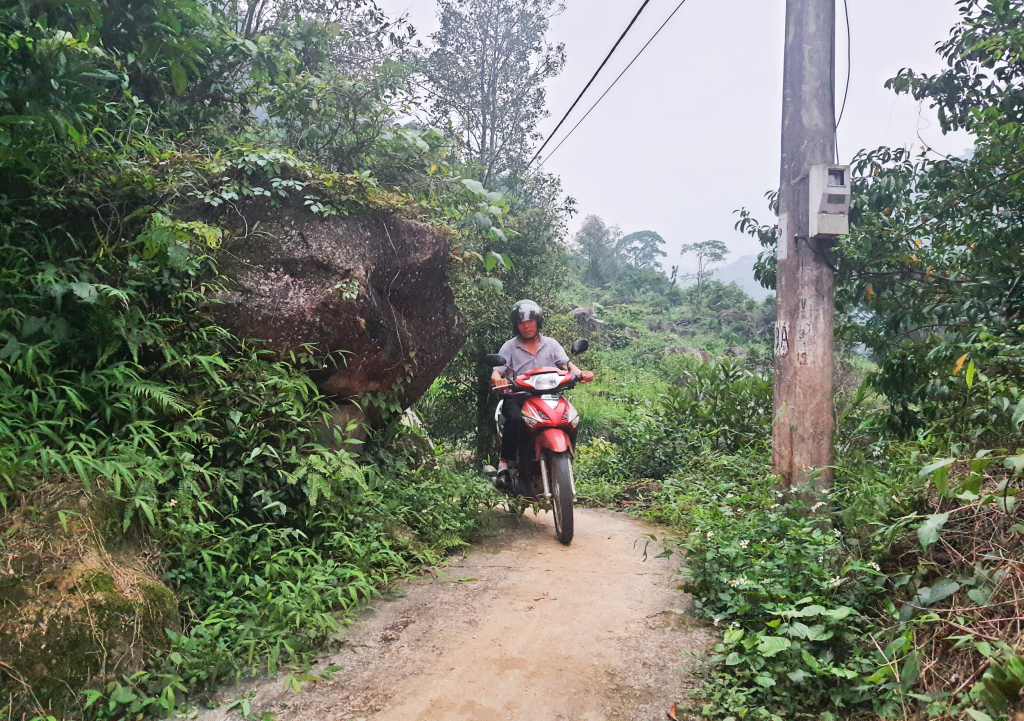
In that context, the lives of the people of Khe Van village have been considered with many options, including the option of mobilizing households to relocate to low-lying areas, and the option of building Khe Van into a Dao tourist village on a high mountain top.
Coming to Khe Van, feeling the peaceful life here, understanding the reason why Khe Van people love their land, one can affirm that Khe Van people will still stick to the village, stick to the commune like many previous generations.
Khe Van is truly peaceful, from the landscape, environment, to the culture and people here. A distinct Dao village, with the people's awareness level raised, but the cultural identity is still preserved; beautiful natural scenery, mild climate, good for health; relatively isolated location, suitable for resort tourism, as well as visitors who want to return to nature and villages.
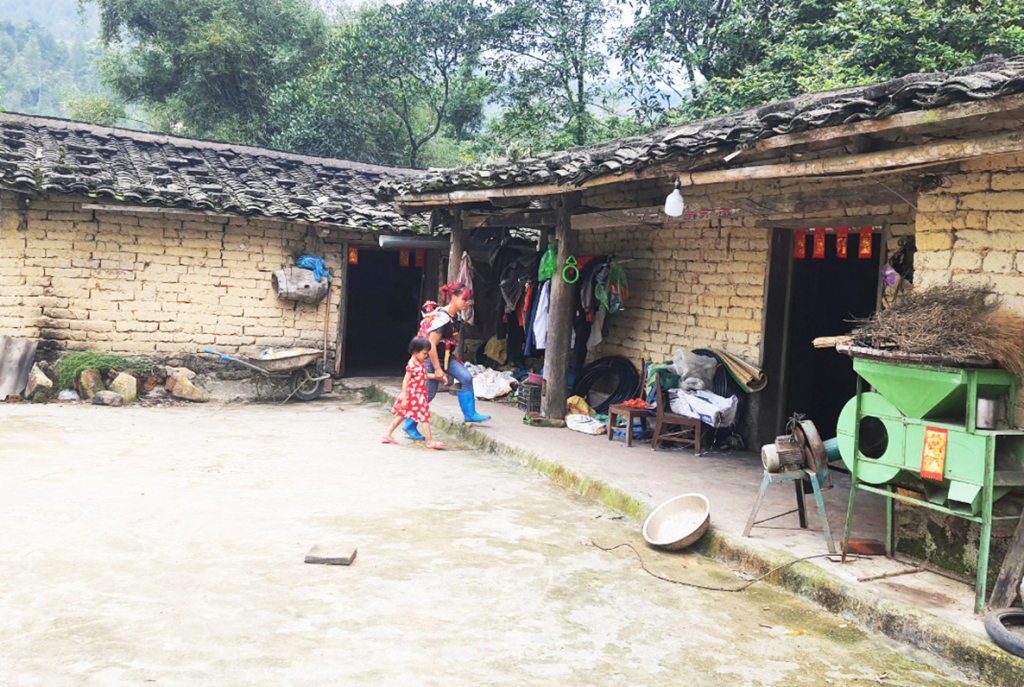
Developing Khe Van into a Dao ethnic tourist village on a high mountain top is appropriate, appropriate, and takes advantage of the village, also in line with the wishes of Khe Van people, and in line with the current service-focused development strategy of Binh Lieu district. However, there are still many things that need to be done to build a Dao ethnic tourist village on Khe Van peak.
In fact, Binh Lieu district needs to consider upgrading and investing in suitable technical infrastructure for Khe Van, including the road up the mountain. Along with that, Binh Lieu needs to further strengthen the preservation and promotion of traditional cultural values in Khe Van by retaining the earthen houses, architectural features of Dao houses; encouraging Khe Van people to wear ethnic costumes, speak their own language, practice songs, dances, and ancient folk games...
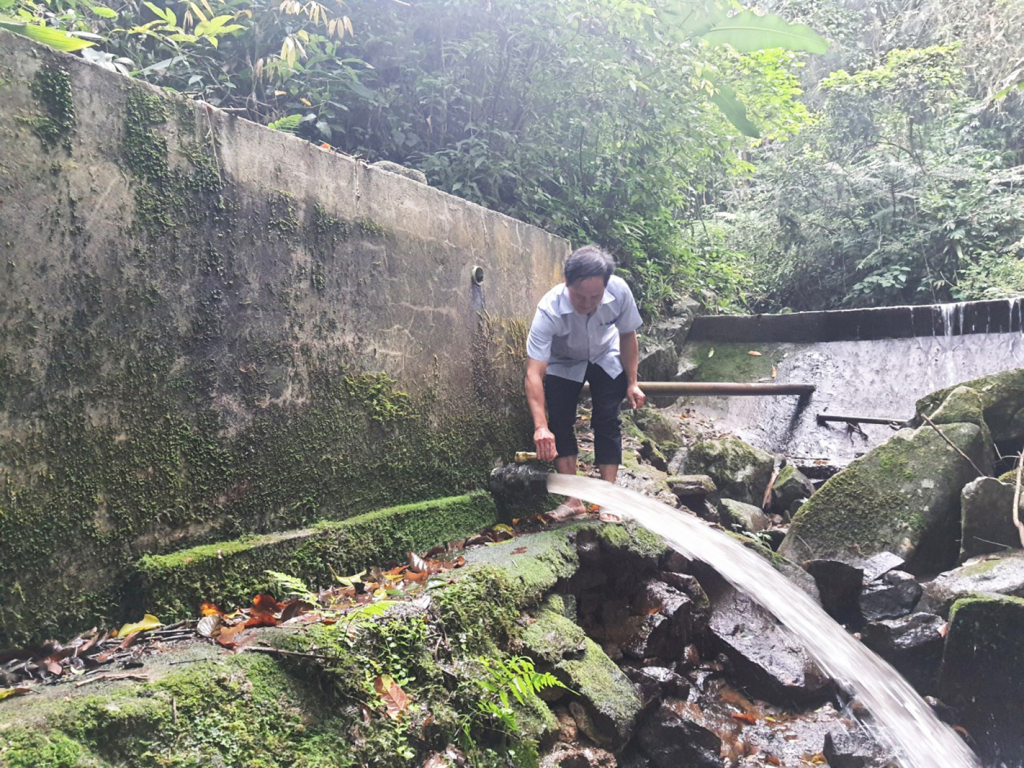
Another half hour on the small road from Khe Van peak back to the center of Huc Dong commune, we really hope Khe Van will be invested in, will change, will develop, will become a Dao ethnic tourist village on the top of the high mountain in the near future.
Source




![[Photo] General Secretary To Lam chairs a working session with the Central Internal Affairs Commission](https://vphoto.vietnam.vn/thumb/1200x675/vietnam/resource/IMAGE/2025/5/22/3b7790f499da45b2803d8ae253207ef1)

![[Photo] Prime Minister Pham Minh Chinh chairs the Government's special meeting on law-making in May](https://vphoto.vietnam.vn/thumb/1200x675/vietnam/resource/IMAGE/2025/5/22/1c880aae96fd4e0894abc47a46fe19ba)


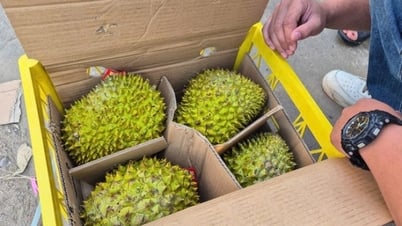
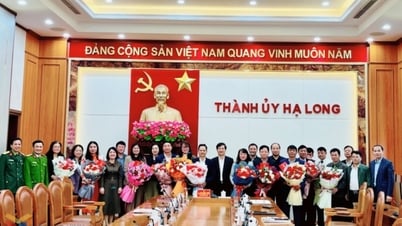


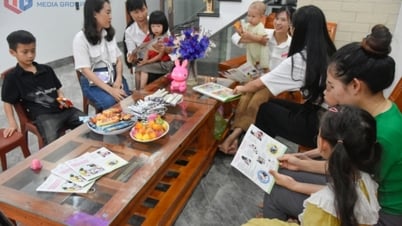




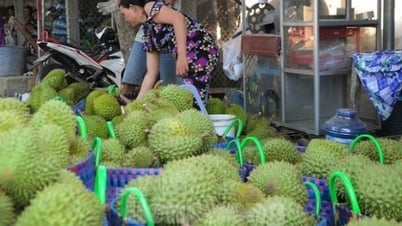
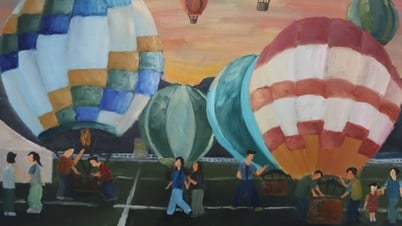


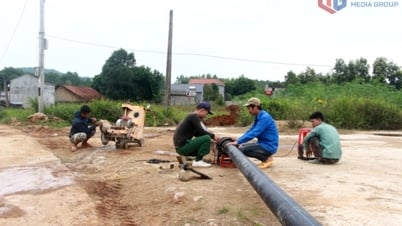








































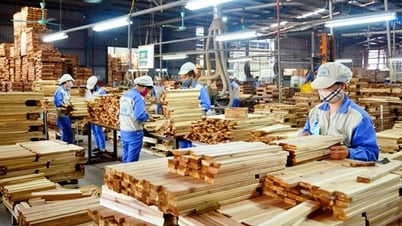
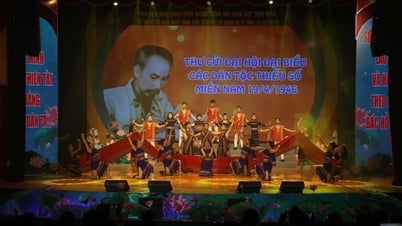




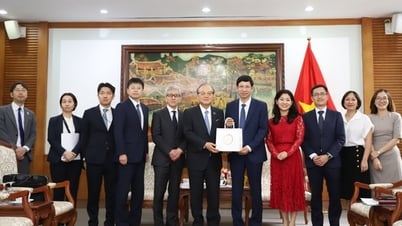
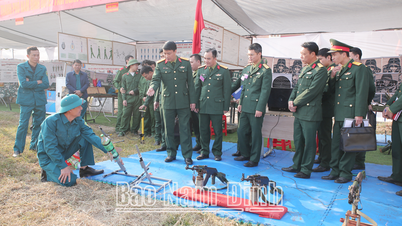

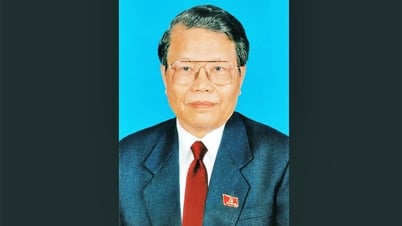

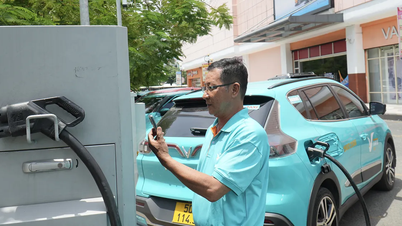

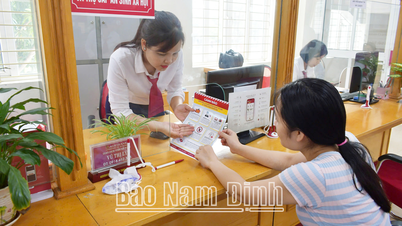
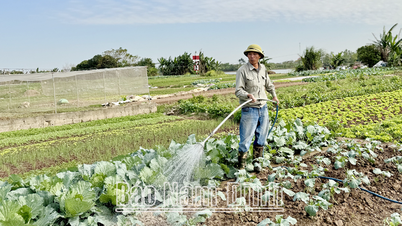
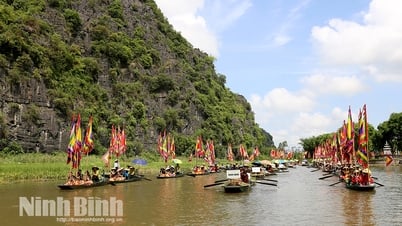



![[Podcast] Week introducing more than 500 OCOP products in Hanoi](https://vphoto.vietnam.vn/thumb/402x226/vietnam/resource/IMAGE/2025/5/22/d144aac2416744718388dbae3260e7fd)






Comment (0)